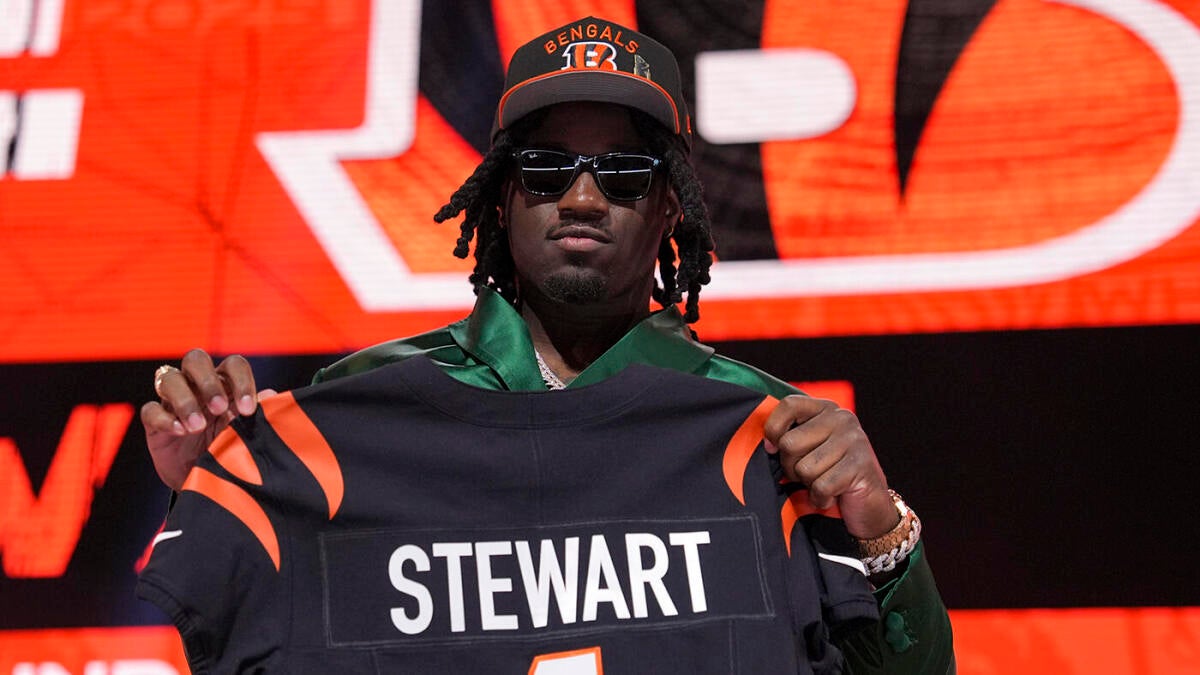The 2025 NFL Offseason: Navigating Uncertainty and Opportunity
The 2025 NFL offseason is brimming with tension and anticipation, centered largely on veteran quarterback Aaron Rodgers’ potential return to the Los Angeles Rams. This phase in NFL history is marked by shifting team dynamics, high-profile player uncertainties, and the persistent challenge of balancing expectations with reality. Exploring these developments reveals how the unfolding storylines could reshape the league’s competitive landscape and set the tone for the upcoming season.
Aaron Rodgers and the Rams: A Complicated Homecoming
Aaron Rodgers’ situation epitomizes the delicate art of late-career reinvention in professional sports. At 41, Rodgers confronts the dual pressures of a storied legacy and the physical toll of years on the field. His 2023 season with the New York Jets was marred by injuries and inconsistent performance, underscoring the urgency behind his pursuit of a fresh start. The Los Angeles Rams, a team familiar to him and coming off a season defined by gritty but unpolished play, emerge as a natural destination.
The potential quarterback swap involving Matthew Stafford moving towards the New York Giants adds another layer of intrigue, signaling a possible domino effect across teams hungry for stability and leadership at this pivotal position. Rodgers’ experience and clutch ability remain attractive, but his recent physical setbacks and the unpredictability of adapting to a new team environment inject a degree of risk. The Rams face the challenge of integrating Rodgers’ skill set into their system while managing the high stakes of NFC West contention.
Offseason Challenges Beyond the Quarterback Spotlight
While quarterbacks often dominate headlines, the offseason also casts light on internal team struggles that risk undermining cohesion. The Buffalo Bills’ tentative situation with running back James Cook exemplifies this, as reported tensions and potential minicamp disruptions raise concerns about the team’s preparation and unity. Similarly, rookie Shemar Stewart’s precarious status with the Green Bay Packers highlights the fragile transition rookies face, balancing immense potential against the pressures and uncertainties of professional expectations.
These “ugly” off-field conflicts underscore the complexity of building winning teams in a league that demands constant adaptation. Personality clashes, contract negotiations, and health concerns all intersect in these critical periods, shaping the trajectory of franchises long before the first regular-season snap.
The Broader Quarterback Market: Volatility and Strategic Moves
Rodgers’ offseason narrative forms part of a larger trend—an evolving quarterback market defined by volatility and opportunistic moves. Teams nationwide are reassessing their quarterback rosters, with veterans like Daniel Jones in Indianapolis also facing uncertain futures. This climate reflects the intense pressure on franchises to find reliable leaders capable of delivering immediate results, leading to an environment where trades and quarterback repositioning become commonplace.
The quarterback position’s instability speaks to wider strategic challenges. Offensive systems are in flux, and teams must quickly adapt to coaching changes and player personnel shifts. Success hinges not just on talent but also on organizational agility, making the offseason a proving ground for management acumen as much as player skill.
Balancing Expectations with the Realities of Professional Football
A recurrent theme across these stories is the tension between optimism and the stark realities of the NFL. The Rams’ hope that Rodgers will elevate their offense beyond its “ugly” effective approach mirrors broader hopes for turnaround seasons. For emerging stars like James Cook, the spotlight brings pressure that can both motivate and strain team dynamics, illustrating the fine line between potential and performance.
Teams that successfully negotiate these competing forces—integrating new players, managing egos, and addressing physical risks—position themselves as playoff contenders. Conversely, those failing to manage offseason turbulence risk another disappointing campaign marked by internal discord and unmet expectations.
Looking Ahead: The Season’s Unfolding Drama
As the 2025 season looms, the NFL stands at a crossroads defined by compelling narratives and unanswered questions. Whether Aaron Rodgers’ reunion with the Rams proves transformative, or if teams like the Bills can resolve internal distractions in time, remains to be seen. The development of rookies such as Shemar Stewart will also test how franchises nurture young talent amid high-pressure environments.
These storylines fuel the league’s allure, combining unpredictability with high stakes. Fans and analysts alike will watch keenly, knowing that the outcomes will resonate beyond individual careers to influence the broader identity and fortunes of the NFL.
Closing Thoughts: Transforming Offseason Challenges Into Triumphs
The 2025 NFL offseason exemplifies the fragile balance between legacy, opportunity, and adversity. Aaron Rodgers’ pursuit of a final career chapter with the Rams encapsulates this journey, braided with the precarious situations faced by other key players. The true test lies in how teams convert “ugly” offseason moments into cohesive, competitive forces poised for success.
Ultimately, this period foreshadows a season rich with drama, possibility, and transformation. The choices made now will ripple through the league, determining not only the fate of players and franchises but also the evolving narrative of professional football’s most captivating spectacle.

